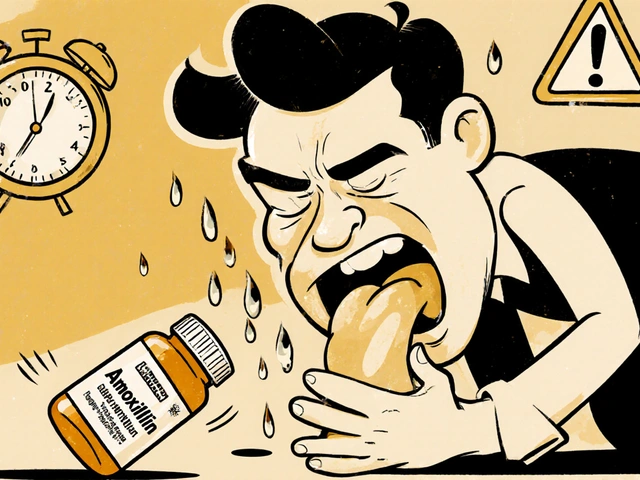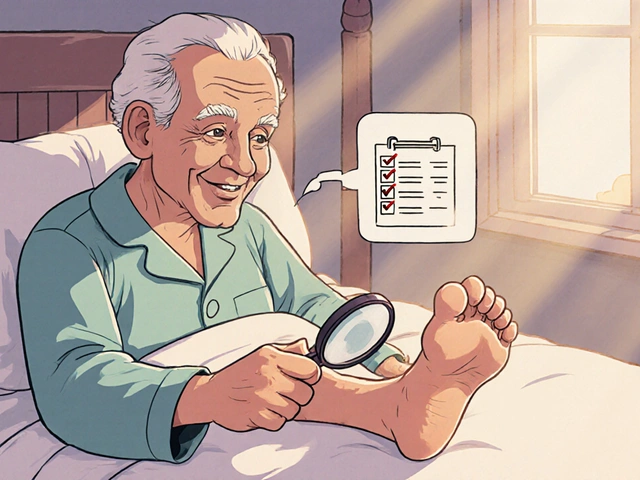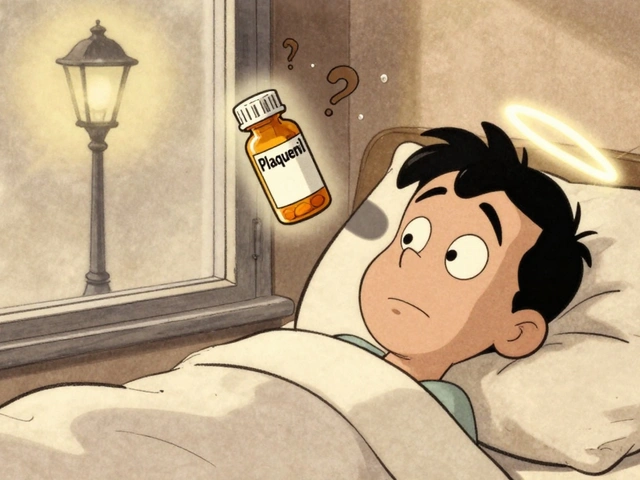Eye Redness – What’s Going On and How to Fix It
Notice your eyes looking bloodshot after a long screen session or a dusty walk? You’re not alone. Red eyes happen to almost everyone at some point, and most of the time they’re harmless. The good news is that you can usually calm the redness at home, and you’ll know exactly when a doctor’s visit is the right move.
Common Triggers of Red Eyes
Dry air is a sneaky culprit. Indoor heating or air‑conditioning strips moisture from the surface of your eye, leaving the tiny blood vessels to swell and turn pink. If you’ve been in a smoky bar, a backyard fire, or even near strong perfume, the irritants can cause the same effect. Allergies are another big player – pollen, pet dander, or mold can make the eyes itch, water, and turn red within minutes.
Infections like conjunctivitis (pink eye) bring redness along with discharge, crusting, or a gritty feeling. Even a simple stye – a clogged oil gland on the eyelid – can make one eye look angry. Lastly, don’t forget eye strain. Staring at a phone or computer screen for hours without a break forces the eyes to work harder, and the blood vessels dilate to keep up, leaving a noticeable red rim.
Quick Relief Tips & When to Seek Help
First, give your eyes a break. Follow the 20‑20‑20 rule: every 20 minutes, look at something 20 feet away for at least 20 seconds. This reduces strain and lets the eyes re‑hydrate. A few drops of preservative‑free artificial tears can also wash away irritants and restore moisture.
If allergies are the cause, over‑the‑counter antihistamine eye drops or oral antihistamines can calm the reaction fast. A cold compress – a clean, damp washcloth chilled in the fridge – applied for a few minutes can shrink the swollen vessels and ease any itching.
For redness caused by a stye, warm compresses (a warm washcloth held against the closed lid for 5‑10 minutes, several times a day) help the blocked gland drain naturally. Never try to squeeze a stye; you’ll only make the infection worse.
When you should call a professional: if redness is accompanied by severe pain, blurry vision, light sensitivity, or a sudden change in the size of the pupil. These can signal a more serious condition like uveitis, glaucoma, or a corneal ulcer. Also, if the redness won’t improve after a few days of home care, or if you suspect pink eye that’s spreading to the other eye, get a doctor’s opinion.
Remember, wearing contact lenses while your eyes are red can worsen irritation. Switch to glasses until the redness clears, and make sure your lenses are cleaned properly before putting them back in.
In short, most red‑eye episodes are easy to manage with a break, moisture, and a bit of over‑the‑counter help. Keep an eye out for pain, vision changes, or persistent redness, and don’t hesitate to seek medical advice when those show up. Your eyes will thank you for the quick care and the right follow‑up.





